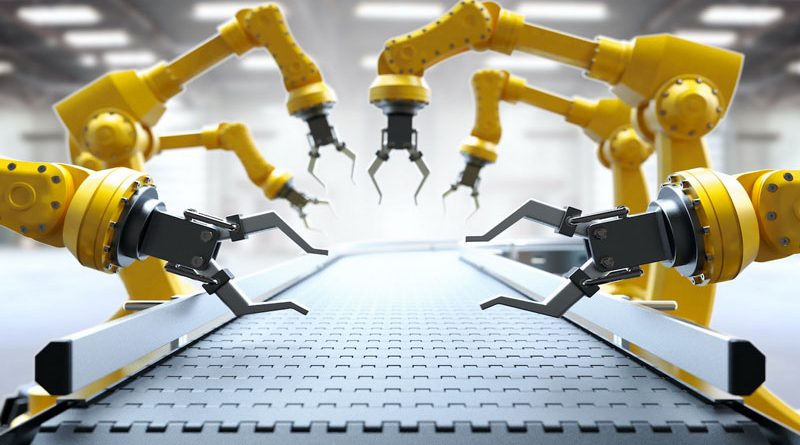Global collaborative robot market to triple
According to Trading Platforms data, the global market for collaborative robots will triple by 2025. The sectors in which they are most used include material handling and assembly.
Over the years, global demand for collaborative robots or cobots has skyrocketed across many industries, as manufacturers found new tasks for them in their production and research facilities. Due to their ease of use and conveniences provided to end-users, cobots continue attracting attention and investments in the broader manufacturing industry, despite the challenges brought by the COVID-19. According to data presented by Trading Platforms, the global cobots market is expected to triple in the following years and hit nearly $2bn value by 2025.
Revenues to grow by 30% per year
Industries are constantly looking for new technologies to lower production costs while increasing productivity and improving the quality of their products. The adoption of cobots is one of the ways to achieve these goals. Unlike traditional industrial robots, a cobot or collaborative robot is specifically designed to work side-by-side with humans and can be used across different industries to perform tasks like assembly, dispensing, or quality inspections. Statistics indicate that before the COVID-19, cobot installations worldwide grew by more than 60%, from around 11,000 units in 2017 to 18,000 units in 2019. Most of the cobots sold that year were used in the electronics and automotive industries. In 2020, the global cobots market reached $475bn value, revealed the ABI Research (www.abiresearch.com) and Statista data. This figure is set to rise to nearly $630bn in 2021 and continue growing in the following years. Statistics show revenues are set to grow by 30% annually in the next four years and hit $2bn by 2025. By 2030, the entire market is projected to hit an $8bn value.
Material handling and assembly the most used cobot applications
The Statista and Interact Analytics data also revealed that in 2022, the most common application for new shipments of collaborative robots will be material handling. Around 9,600 cobots or 31% of the total number expected to be shipped next year, will be used for this purpose. Some 7,000 cobot units or 23% of total shipments are expected to be used for assembly. Another 13% or 4,000 units are forecast to be used for pick and place. Statistics show that testing will be the fourth most-used cobot application, with 1,750 shipped units in 2022. Welding, sorting, and positioning follow, with 1,400, 1,250 and 1,050 units, respectively.

